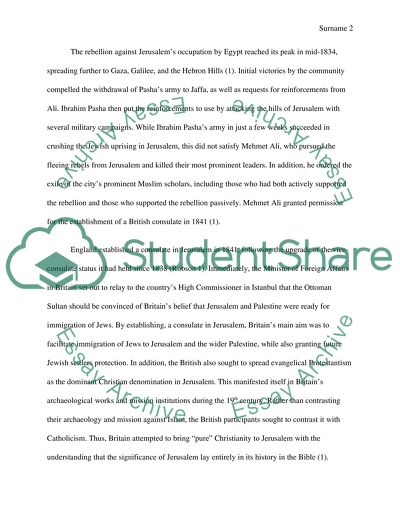Cite this document
(“Nineteenth Century Jerusalem Research Paper Example | Topics and Well Written Essays - 1500 words”, n.d.)
Retrieved from https://studentshare.org/history/1650622-nineteenth-century-jerusalem
Retrieved from https://studentshare.org/history/1650622-nineteenth-century-jerusalem
(Nineteenth Century Jerusalem Research Paper Example | Topics and Well Written Essays - 1500 Words)
https://studentshare.org/history/1650622-nineteenth-century-jerusalem.
https://studentshare.org/history/1650622-nineteenth-century-jerusalem.
“Nineteenth Century Jerusalem Research Paper Example | Topics and Well Written Essays - 1500 Words”, n.d. https://studentshare.org/history/1650622-nineteenth-century-jerusalem.


